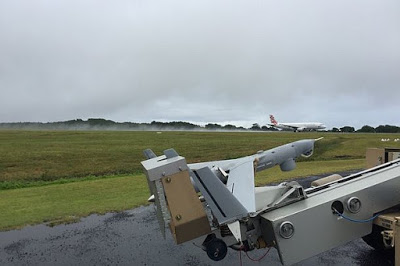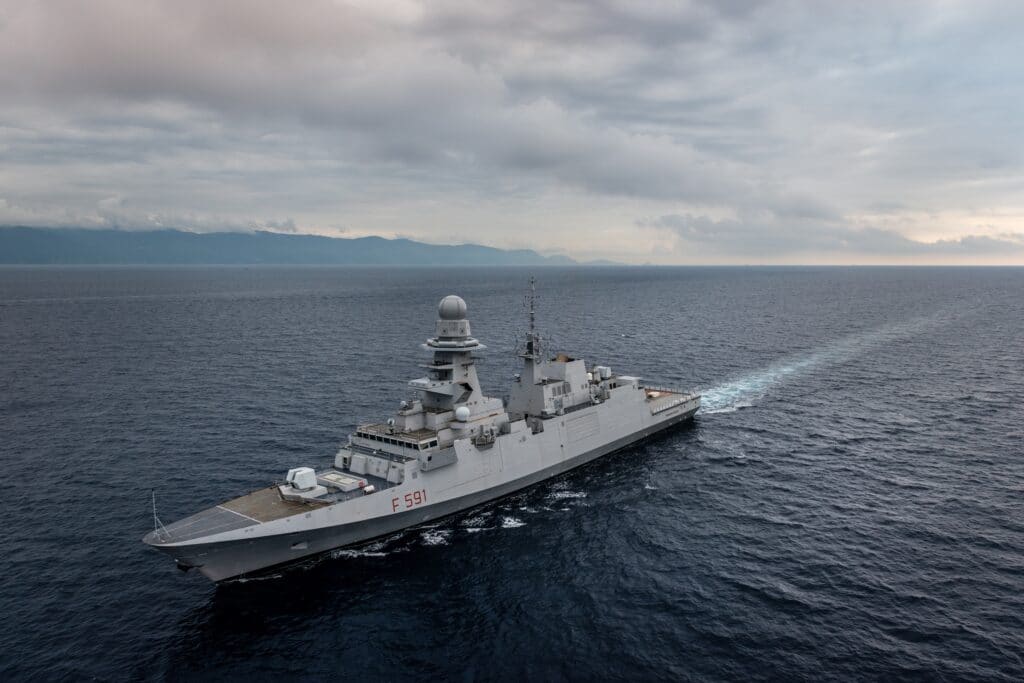07 Oktober 2016
ScanEagle Unmanned Aircraft System, with Visual Detection and Ranging (or ViDAR) set up to launch at Christmas Island Airport (photos : RAN, suasnews)
ScanEagle soars in Christmas Island trials
A team from the Navy Unmanned Aircraft Systems Unit have deployed to Christmas Island to test their ability to conduct long term Unmanned Aircraft System operations without support.
The six member detachment is operating from the island’s aerodrome, testing the limits of the ScanEagle Unmanned Aircraft System, with Visual Detection and Ranging (or ViDAR).
The ScanEagle’s ViDAR performs maritime search tasks to determine the presence of and locate an object. ViDAR is similar to RADAR, but uses vision rather than radio waves.
Developed by a Melbourne-based company, Sentient Vision Systems, ViDAR uses a camera to scan and record a 180-degree view and which identifies anomalies through a complex software program.
Anything unusual is sent to the Ground Control Station in real time, for the operators to investigate using the ScanEagle’s more powerful electro-optical system.
Detachment Commander, Lieutenant Ben Hanson-Murphy, described ViDAR as a game changer.
“Employing the ScanEagle in a surface search role is enabling a far greater area of coverage than we could previously achieve,” Lieutenant Hanson-Murphy said.
“The team have done an outstanding job establishing the operating site at short notice with minimal preparation and then successfully establish a safe flight operations envelope around the island.”
The deployment has been a great opportunity to consolidate operator training, gather valuable test data and gain experience in an operational-like environment.
The deployment and location have allowed for flights offshore for up to ten hours at a time.
By the fourth week of the three month deployment, the team had achieved approximately 82 flight hours, with over 12 hours of specific ViDAR operation.
This trial represents the first time an all Navy Unmanned Aircraft Systems crew has conducted all aspects of the setup, testing and validation flights without support of the manufacturer, Insitu Pacific, a significant milestone.
The trail is scheduled until early November and will lay the foundations for use of ViDAR at sea early in 2017.
(RAN)
Source link




